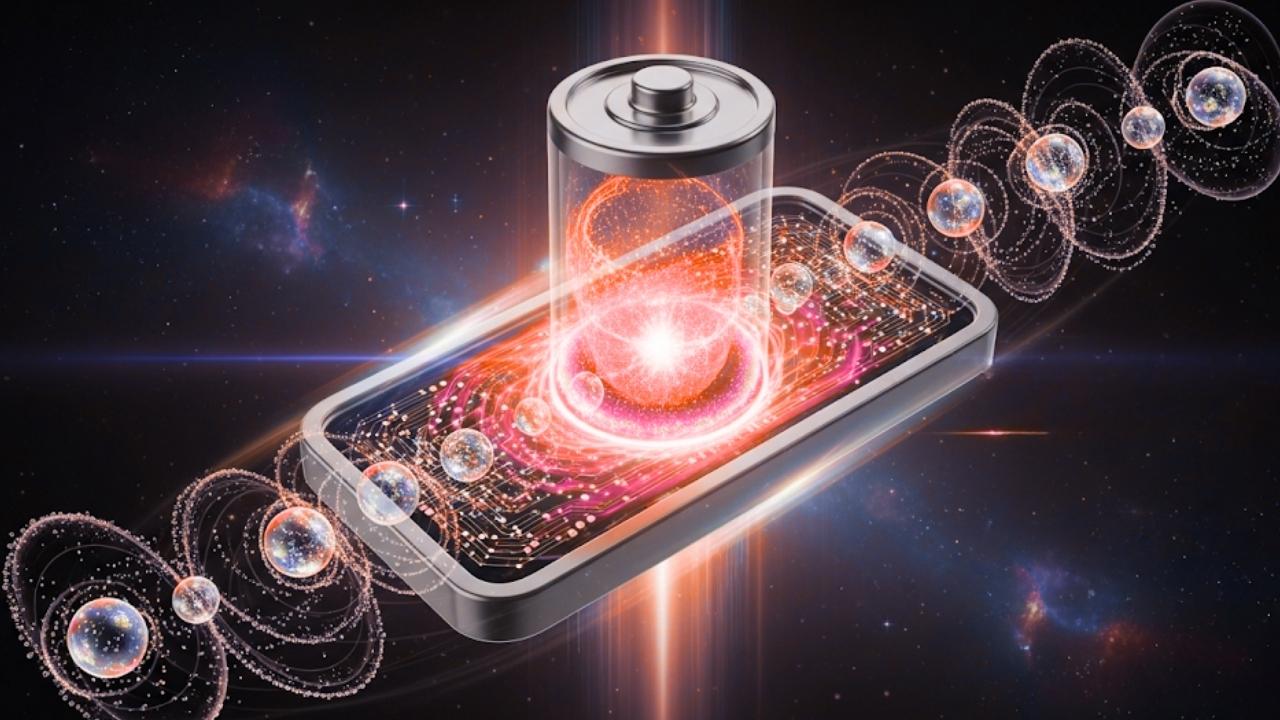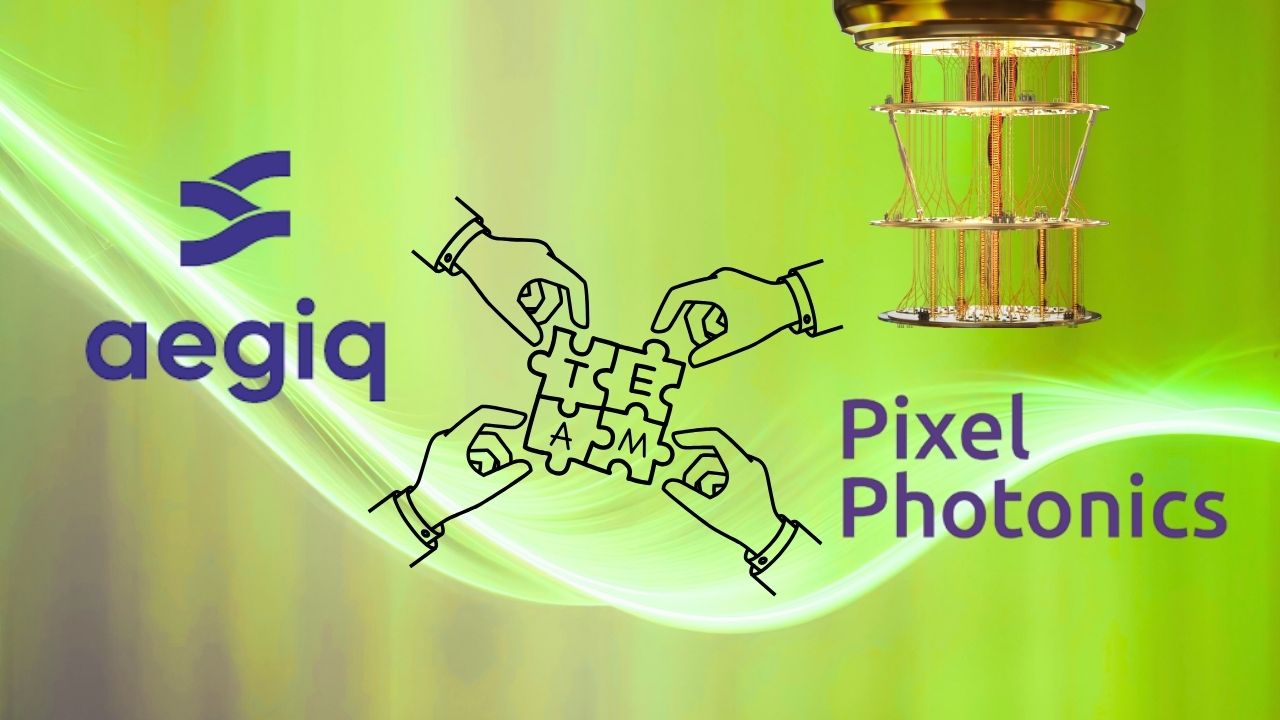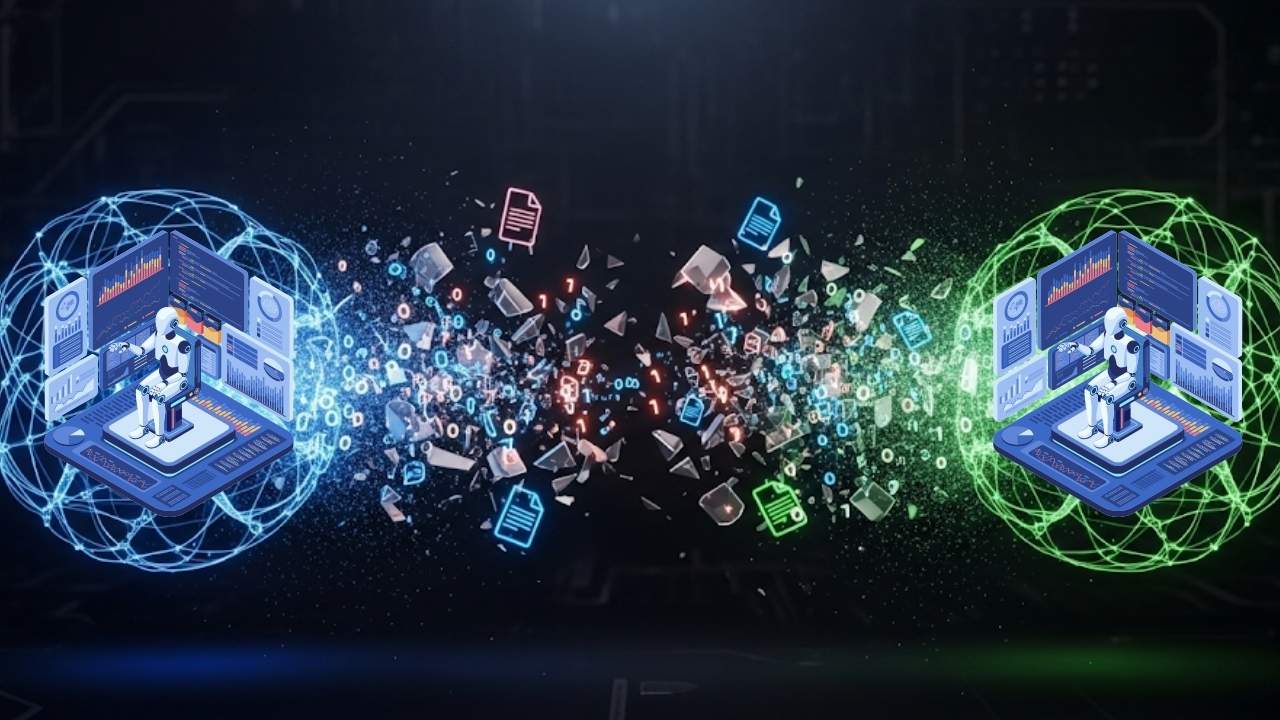Deep learning boosts Raman spectroscopy, making detection of synthetic cannabinoids more precise than ever. This exciting development is transforming the way scientists, forensic experts, and law enforcement agencies identify and control dangerous synthetic drugs. In this article, we’ll explore what synthetic cannabinoids are, why their detection is so challenging, and how the combination of deep learning and Raman spectroscopy is changing the game for public health and safety.
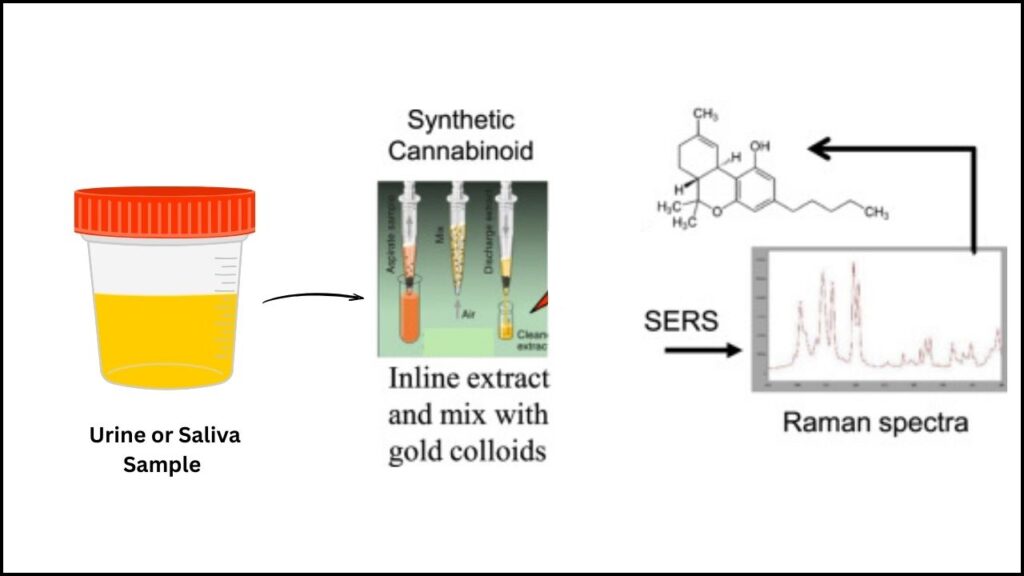
Deep Learning Boosts Raman Spectroscopy
| Feature/Topic | Details & Data |
|---|---|
| Main Technology | Deep learning-enhanced Raman spectroscopy |
| Detection Accuracy | Achieves 100% classification accuracy for six highly similar synthetic cannabinoids |
| Practical Benefits | Non-destructive, rapid, on-site detection; preserves evidence integrity |
| Professional Use | Forensic labs, law enforcement, customs, public health |
| Career Relevance | Analytical chemists, forensic scientists, AI/ML engineers, public health officials |
Deep learning boosts Raman spectroscopy, making detection of synthetic cannabinoids more precise than ever. This powerful combination is revolutionizing substance identification, offering unmatched accuracy, speed, and reliability. For forensic scientists, law enforcement, and public health officials, this technology represents a future-proof solution to one of today’s most challenging drug detection problems. By embracing these advancements, professionals can better protect communities, uphold justice, and stay ahead of constantly evolving threats.
Understanding Synthetic Cannabinoids: What Are They and Why Are They a Threat?
Synthetic cannabinoids are a group of man-made chemicals designed to mimic the effects of THC, the main psychoactive ingredient in cannabis. These substances are often sprayed onto dried plant material and sold as herbal smoking blends, incense, or even e-liquids. While they might be marketed as “safe” or “legal” alternatives to marijuana, the reality is far more dangerous.

The Hidden Dangers
- Unpredictable Effects: Synthetic cannabinoids can be much more potent than natural cannabis, leading to unpredictable and sometimes life-threatening effects, such as severe anxiety, hallucinations, heart problems, and even death.
- Constantly Evolving: Manufacturers frequently alter the chemical structure to evade legal restrictions, resulting in a moving target for regulators and scientists.
- Widespread Use: These substances are found worldwide, often marketed to young people or those seeking to avoid drug tests.
Why Are They Hard to Detect?
Detecting synthetic cannabinoids is notoriously challenging for several reasons:
- Structural Similarity: Many of these chemicals have nearly identical molecular structures, making them difficult to distinguish using traditional tests.
- Low Chemical Reactivity: Standard field tests may not react with these substances, leading to false negatives.
- Rapid Turnover: New variants appear on the market regularly, each with slight modifications that can fool older detection methods.
What Is Raman Spectroscopy and Why Is It Useful?
Raman spectroscopy is a scientific technique that uses laser light to analyze the molecular composition of a substance. When a laser is shined onto a sample, the light scatters in a unique way, creating a “fingerprint” spectrum that can identify the material.
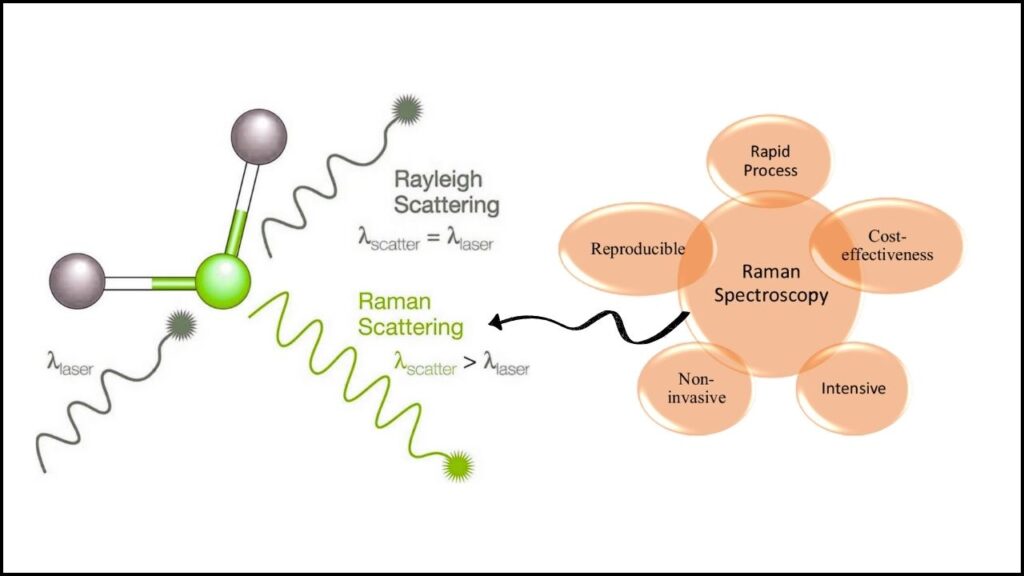
Key Advantages
- Non-Destructive: The sample remains intact, which is crucial for preserving evidence.
- Rapid Results: Analysis can be done in seconds to minutes.
- Portable Devices: Handheld Raman spectrometers allow for on-site testing, making the technology accessible in the field.
Limitations
Despite its benefits, Raman spectroscopy struggles to distinguish between substances with very similar structures, such as many synthetic cannabinoids. Their spectra can appear almost identical, making accurate identification difficult—until now.
How Deep Learning Supercharges Raman Spectroscopy
Deep learning is a branch of artificial intelligence that excels at recognizing patterns in complex data. By combining deep learning with Raman spectroscopy, scientists have created a powerful tool for distinguishing even the most closely related synthetic cannabinoids.
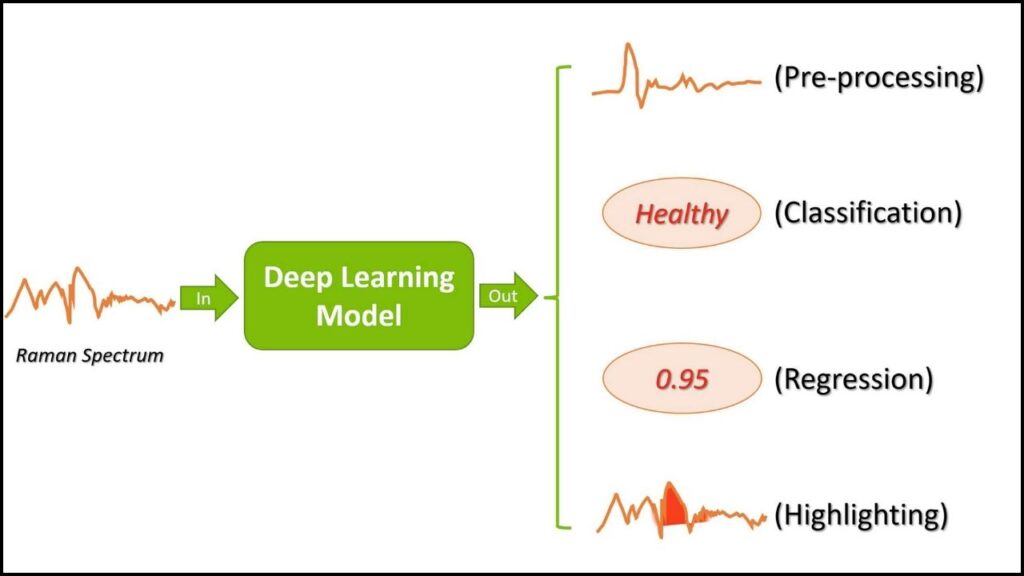
The Breakthrough Explained
Researchers have developed a method where the Raman spectrum of a sample is analyzed by a deep learning model, specifically a type of neural network called a convolutional neural network (CNN). This model is further enhanced with an “attention mechanism,” allowing it to focus on the tiniest, most significant differences in the data.
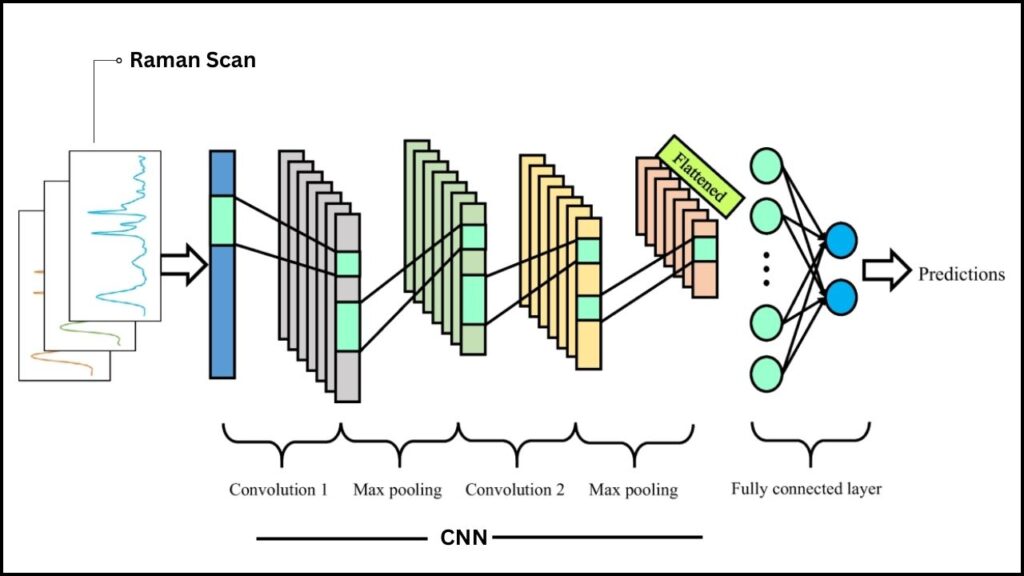
How the Process Works
- Sample Collection: A small amount of the suspected material is collected—this could be powder, herbal blend, or even a liquid.
- Raman Scan: The sample is scanned with a Raman spectrometer, producing a spectrum unique to its molecular structure.
- AI Analysis: The spectrum is fed into the deep learning model, which has been trained on thousands of spectra from known substances.
- Attention Focus: The attention mechanism helps the AI “zoom in” on subtle differences that distinguish one synthetic cannabinoid from another.
- Accurate Identification: The system quickly and accurately identifies the exact compound, even among highly similar variants.
Results That Matter
In rigorous testing, this approach achieved 100% accuracy in distinguishing between six closely related synthetic cannabinoids. This level of precision is a major leap forward compared to traditional methods.
Why This Matters: Real-World Impact and Professional Applications
For Forensic Science
- Faster Investigations: Non-destructive, on-site analysis means faster turnaround for law enforcement and forensic labs.
- Preserved Evidence: Since the sample isn’t destroyed, it can be used for additional tests or presented in court.
- Future-Proof: As new synthetic cannabinoids appear, the AI model can be updated with new data, keeping pace with evolving threats.
For Law Enforcement and Customs
- On-the-Spot Decisions: Officers can make informed decisions immediately, reducing the risk of dangerous substances entering communities.
- Resource Efficiency: Saves time and money by reducing the need for lengthy lab-based testing.
For Public Health
- Rapid Response: Health officials can quickly identify outbreaks of dangerous new drugs and respond appropriately.
- Data Collection: Improved detection leads to better tracking of drug trends and more effective prevention strategies.
For Professionals and Careers
This technological advancement is highly relevant for:
- Analytical Chemists: Expanding their toolkit for substance identification.
- Forensic Scientists: Improving the reliability and speed of drug analysis.
- AI/ML Engineers: Developing and refining deep learning models for real-world applications.
- Public Health Officials: Enhancing surveillance and response to emerging drug threats.
Step-by-Step Guide: Using Deep Learning-Enhanced Raman Spectroscopy
Step 1: Prepare the Sample
Collect a small, representative portion of the material. No special preparation is needed, which is a major advantage over some traditional methods.
Step 2: Perform the Raman Scan
Place the sample under the Raman spectrometer. The device shines a laser on the sample and records the scattered light, producing a spectrum.
Step 3: Data Analysis with Deep Learning
The spectrum is automatically sent to a computer running the deep learning model. The AI, trained on a vast library of known spectra, analyzes the data in real time.
Step 4: Instant Identification
Within seconds to minutes, the system provides a clear identification of the substance, including the specific type of synthetic cannabinoid present.
Step 5: Reporting and Action
Results can be immediately reported to law enforcement, health officials, or forensic teams, enabling rapid response and informed decision-making.
Practical Example: How It Works in the Field
Imagine customs officers at an airport intercept a suspicious package containing herbal material. Using a handheld Raman spectrometer, they scan the sample right on the spot. The deep learning-enhanced system instantly identifies a newly banned synthetic cannabinoid, allowing officers to take immediate action and prevent the substance from entering the country.
This process is not only faster and more reliable than previous methods, but it also ensures that the original sample is preserved for further investigation or legal proceedings.
The Science Behind the Technology
What Makes Deep Learning So Effective?
Deep learning models, especially those with attention mechanisms, are designed to analyze vast amounts of data and find patterns that are invisible to the human eye or traditional algorithms. In the context of Raman spectroscopy, this means:
- Detecting Subtle Differences: Even when two substances have nearly identical spectra, the AI can focus on the smallest distinguishing features.
- Learning from New Data: As new synthetic cannabinoids are discovered, the model can be retrained to recognize them, ensuring ongoing accuracy.
- Transparency: Advanced models can highlight which parts of the spectrum were most important for making a decision, helping scientists understand and trust the results.
Limitations and Considerations
While this technology is a major advancement, it’s important to remember:
- Quality of Training Data: The accuracy of the AI depends on the quality and diversity of the spectra it was trained on.
- Continuous Updates: New synthetic cannabinoids require regular updates to the model’s database.
- Device Calibration: Raman spectrometers must be properly maintained and calibrated for best results.
FAQs About Deep Learning Boosts Raman Spectroscopy
What are synthetic cannabinoids?
Synthetic cannabinoids are artificial chemicals that mimic the effects of THC but can be much more dangerous and unpredictable.
Why is it so difficult to detect them?
Their molecular structures are often nearly identical, and they change frequently to avoid detection and regulation.
How does Raman spectroscopy help?
Raman spectroscopy provides a unique “fingerprint” for each substance, allowing for rapid, non-destructive analysis.
What role does deep learning play?
Deep learning AI can detect tiny differences in Raman spectra that humans or traditional methods might miss, enabling highly accurate identification.
Is this technology available now?
Yes, deep learning-enhanced Raman spectroscopy is already being implemented in forensic and public health settings.
Can it be used for other drugs?
Yes, the technology can be adapted to identify a wide range of substances, especially those that are difficult to distinguish by conventional means.
Is special training required to use this technology?
Basic training in using Raman spectrometers and understanding AI-powered analysis is recommended for professionals.
